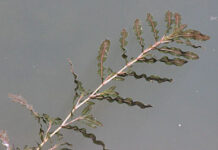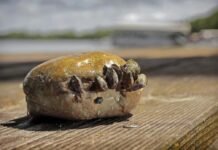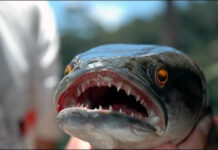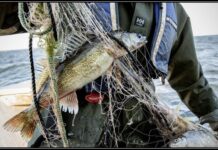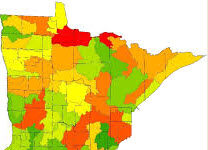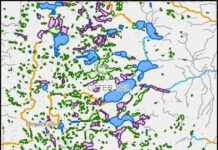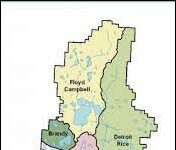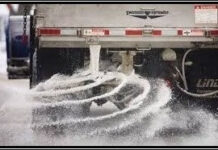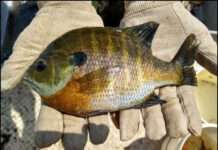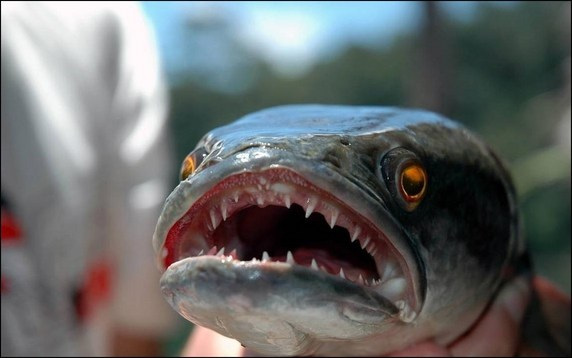What are some of the current AIS threats to Minnesota? A quick overview of Zebra and quagga mussels, Eurasian water milfoil, Starry stonewort, Spiny Waterfles, Silver bighead and grass carp.
Zebra and quagga mussels: Foreign invaders filter-feed microorganisms out of the water, removing key food for the native food chain. Remarkably clearer water looks good but can cause major disruptions in the ecosystem, sending some fish deeper and allowing more weeds to grow. They kill most all native clams and cover all smooth surfaces underwater, disrupting water supplies and forcing expensive cleaning efforts for underwater equipment.
Eurasian water milfoil: Chokes the shallow areas of lakes with dense growth, making boating, fishing and swimming difficult or impossible. Can be controlled with expensive, annual harvest and chemical treatment efforts. Easily spread from lake to lake by hitchhiking on boat trailers.
Starry stonewort: An algae new to Minnesota in the last decade that doesn’t need to be attached to lake bottom to thrive. Can grow in dense colonies in anywhere from 2 to 22 feet (which means all of some shallower lakes.) Nearly impossible to boat or fish in. Spreads easily and rapidly.
Spiny waterfleas: A tiny freshwater zooplankton that invade lakes, taking over the bottom of the food chain, disturbing the ecology of the lake. They can decimate populations of native zooplankton leaving less food for native fish and often causing an increase in algal blooms. Populations reproduce rapidly, up to 100 individuals per cubic meter, sometimes taking over the biomass of the lake. Many native predators won’t eat spiny waterflea because of their sharp, barbed spine.
Silver, bighead and grass carp: Can grow to 90 pounds and bigger, these so-called Asian carp species all filter-feed microorganisms out of the water thus disrupting the native food chain. Grass carp jump 10 feet in the air at the sound of a passing boat. They can overpopulate lakes and rivers and outcompete native fish for food. They have become the dominant species in parts of the Mississippi River in southern states. They have moved as far north as the Twin Cities in the Mississippi and into the Minnesota and St. Croix Rivers as well. They are at the cusp of entering the Great Lakes near Chicago.
What’s next?
Ask the experts what AIS they are most concerned about on the horizon and a few problems rise to the top. Snakehead fish, a nasty looking native of Asia and Africa with a voracious appetite, have been found in waters of California, Florida, Hawaii, Maine, Maryland, Massachusetts, Rhode Island, Virginia and Wisconsin
Jeff Forester, Minnesota Lakes and Rivers Coalition, says he’s worried about a plant called water soldier, another Eurasian import already as close as southern Ontario, that forms in dense, impenetrable mats on the surface of lakes and can even change the chemistry of lake water.
Nick Phelps, Director of the Minnesota Aquatic Invasive Species Research Center at the University of Minnesota expresses concern about Hydrilla, another native to Asia. It is a fast, thick-growing plant that is choking out waters across the southern tier of states. It was first found in Florida in the 1950s, apparently released from aquariums, and is now growing as far north as Missouri.

